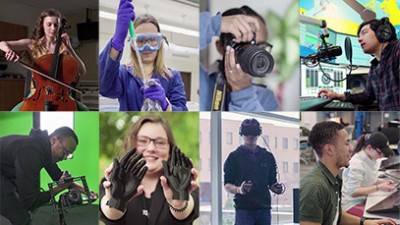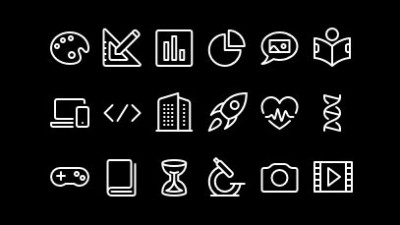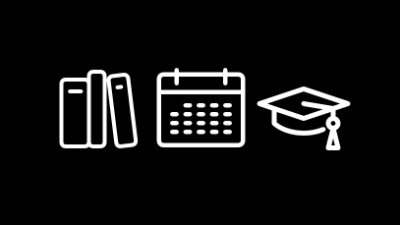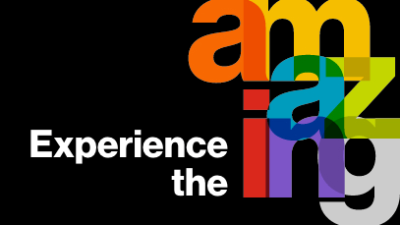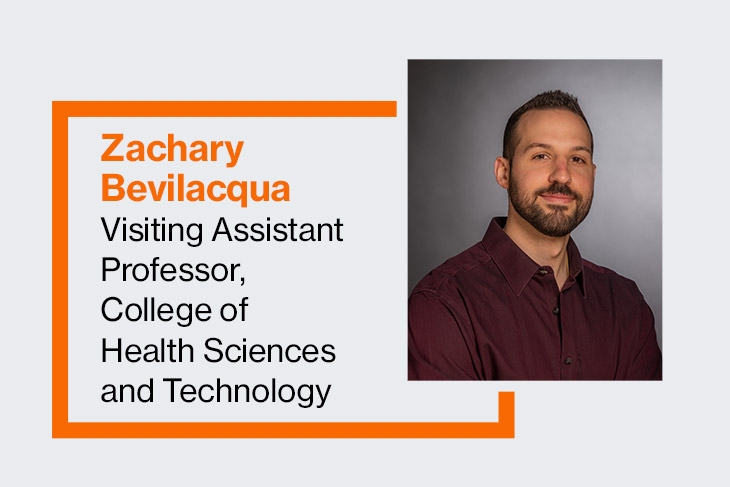Concussions and college students—When is it safe to return to the classroom?
RIT researcher seeks to improve guidelines with science-based testing
Zachary Bevilacqua
Concussions aren’t limited to celebrity athletes playing high-impact sports. Concussions among college students happen on and off the playing field. Recent research shows a higher incident of concussions in the non-athlete student population and among women students.
The return of college students to the classroom after a concussion is an understudied area that RIT researcher Zachary Bevilacqua hopes to improve.
Because academic rigor can delay recovery, students with concussions need to minimize cognitive activity to let their brain heal. Head injuries in young adults can carry serious implications, especially since brain development continues until the mid-20s. But college students are autonomous and busy with school, athletics or clubs, and many have jobs, and stopping everything for concussion recovery may not be a priority or a possibility for them, even if academic studies provoke symptoms.
Bevilacqua’s research builds on the standardized “Return to Play” guidelines, published by the international Concussion in Sport Group, and protocols for college students returning to the classroom post-concussion. Through a collaboration with athletic trainers in RIT Athletics, Bevilacqua is exploring the prognostic use of oculomotor testing to assess a concussed student’s readiness to return to academics. Oculomotor testing assesses the proper functioning of certain cranial nerves.
“My work will provide an objective underpinning to which guidelines we should keep or revise,” said Bevilacqua, visiting assistant professor of exercise science in RIT’s Wegmans School of Health and Nutrition. “Oculomotor testing assesses an individual’s ability to maintain a clear field of vision while the eyes are in motion, and rapidly process visual information to produce the correct outcome, such as reciting numbers or letters.”
These tests make prognosticating classroom readiness possible because tasks within the classroom use these same cranial nerves to read, process letters and numbers, and for looking back and forth from one’s notes to the professor in front of the class. Bevilacqua is also tracking several variables within each participant in his study that could influence their recovery. These potential confounding variables would otherwise dilute predictive qualities of these tests, he said.
Bevilacqua’s ongoing study complements his previous work, which addresses student behaviors associated with symptom resolution, the influence of educators’ perspectives on academic accommodations, and effective medical-academic communication through medical notes.
“Because a concussion is a brain injury, it’s quite important that students are guided properly,” Bevilacqua said.

